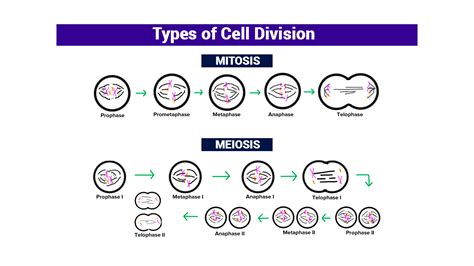how are the stages of meiosis similar to mitosis,Are You Confused,how are the stages of meiosis similar to mitosis, $345.00

Understanding the differences and similarities between meiosis and mitosis is crucial for anyone studying biology. Both processes involve cell division, but they serve different purposes and occur in distinct contexts. This article will explore how the stages of meiosis are similar to mitosis, providing insights into their mechanisms and functions.
Overview of Cell Division Processes
Cell division is fundamental to life, enabling growth, repair, and reproduction. There are two primary types of cell division: mitosis and meiosis. Mitosis is responsible for the growth and repair of somatic cells, while meiosis is essential for sexual reproduction, producing gametes with half the number of chromosomes.
Key Differences Between Meiosis and Mitosis
Although both processes involve cell division, there are significant differences. Mitosis results in two genetically identical daughter cells, whereas meiosis produces four genetically diverse gametes. Additionally, meiosis includes two rounds of cell division, making it a more complex process.
Similarities in Stages of Meiosis and Mitosis
The stages of meiosis share many similarities with those of mitosis. Both processes begin with interphase, where the cell grows and replicates its DNA. The subsequent stages—prophase, metaphase, anaphase, and telophase—are also present in both processes. However, meiosis has additional stages that make it unique.
Prophase: The Initial Phase
In prophase, the chromatin condenses into visible chromosomes. In mitosis, this phase is relatively straightforward, but in meiosis, it involves the pairing of homologous chromosomes, known as synapsis. This difference highlights the complexity of meiosis compared to mitosis.
Mitotic and Meiotic Anaphase
Anaphase is another stage where the processes diverge. During mitotic anaphase, sister chromatids separate and move to opposite poles of the cell. In meiotic anaphase I, homologous chromosomes separate, while sister chromatids remain together. This distinction is critical for understanding genetic diversity.
Meiotic Anaphase II: A Unique Stage
Interestingly, meiosis has a second anaphase stage, meiotic anaphase II, which resembles mitotic anaphase. Here, sister chromatids finally separate, ensuring that each resulting gamete receives one copy of each chromosome.
Comparison Table: Mitosis vs Meiosis
| Process |
Mitosis |
Meiosis |
| Number of Divisions |
One |
Two |
| Resulting Cells |
Two identical daughter cells |
Four genetically diverse gametes |
| Chromosome Number |
Remains the same |
Halves |
Step-by-Step Operation Guide
- Initiate Interphase: The cell grows and replicates its DNA.
- Enter Prophase: Chromosomes condense, and nuclear envelope breaks down.
- Proceed to Metaphase: Chromosomes align at the cell equator.
- Move to Anaphase: Sister chromatids separate and move to opposite poles.
- Complete Telophase: Nuclear envelope reforms, and chromosomes decondense.
Note: Common Misconceptions
Note: It is often misunderstood that meiosis and mitosis are identical processes. While they share stages, their outcomes and mechanisms differ significantly.
Practical Checklist
- Ensure proper replication during interphase.
- Monitor chromosome alignment during metaphase.
- Verify separation during anaphase.
- Confirm nuclear envelope reformation during telophase.
- Document any deviations from expected outcomes.

how are the stages of meiosis similar to mitosis $486.50
how are the stages of meiosis similar to mitosis - Are You Confused

















































